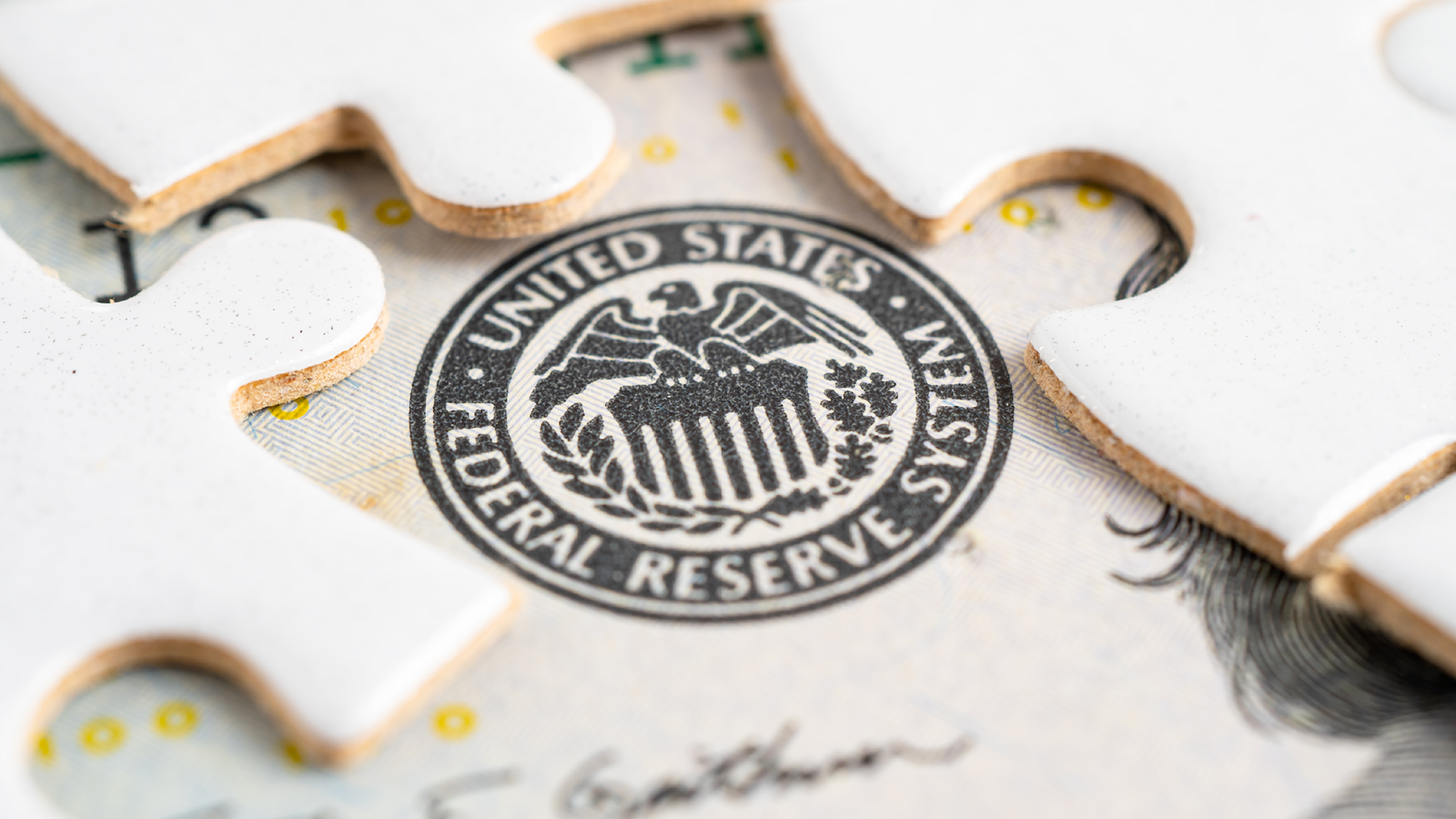As the U.S. central bank, the Fed sets interest rates, manages the money supply and regulates financial markets.1 It meets eight times a year to formulate monetary policy, and the decisions that are released after each of its meetings can affect the availability of credit and the level of interest rates paid by businesses and consumers.2
When the economy is experiencing challenges, it’s not surprising that the Fed’s announcements become mainstream news. Its plans and projections can also influence your customers’ spending and savings decisions.
Here are three key areas to pay attention to as they signal how the Fed may use interest rates to manage the economy. Understanding these announcements can help you be proactive with your customers:
Inflation: A rise in the price of goods and services
The Fed seeks to achieve inflation that averages 2% over time.3 It measures this inflation rate as the annual change in the cost of a basket of consumer goods. Inflation is a key indicator of where the Fed may go with interest rates.
- Inflation expected to go higher: When inflation is expected to increase, consumer prices are projected to rise. This will reduce the future purchasing power of potential customers. It may also lead to higher interest rates as the Fed seeks to bring inflation down.4
- Inflation expected to decline: An expected drop in inflation (deflation) means the cost of goods and services is projected to decline. Persistent deflation can lead to lower wages and less demand for consumer goods. It may also lead the Fed to lower interest rates to stimulate the economy.
The economy: The country’s wealth based on trade and industry
Economic activity is another area that could lead to interest rate changes. While economic growth is positive for consumer confidence and spending, it could also mean inflation is too high.
- Economic activity is expanding: The economy is said to be expanding when the GDP grows.5 A projected increase in the GDP is a sign that the economy is doing well.6
- Economic activity is contracting: The economy is said to be contracting when the GDP declines.7 This may result in lower wages and a drop in consumer spending.
Employment rate: The number of people of working age who are employed
The Fed does not set a fixed goal for employment. However, it estimates an optimal level of employment in the economy, which it uses to influence its monetary policy to manage inflation.
- Job gains have been robust: Job growth is measured by the U.S. Bureau of Labor Statistics.8 It is said to be robust when there is a considerable rise in the reported number of new jobs and the unemployment rate drops.
- Job gains have slowed: There can be a drop in the number of new jobs when interest rates go up, and the unemployment rate moves higher.9 This can have a negative impact on sales, as those who are unemployed have less money to spend.
While no one has a crystal ball when it comes to predicting the future of our economy, understanding Fed’s economic announcements can help you optimize your business strategies and better serve your customers.
To learn how Aqua’s competitive dealer financing can help you drive sales and grow your bottom line, contact us today at:
877-366-8406, option 5, ext. 6015
[email protected]
